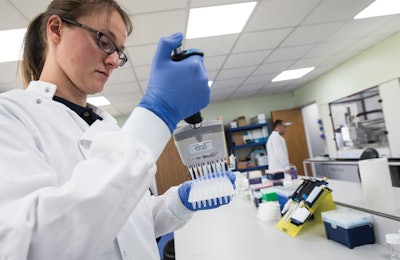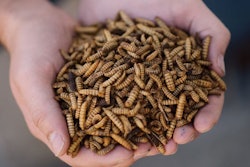
Analysis of genetic material found in six dog food brands revealed the presence of undeclared species of animals and plants in all the diets tested. In most cases, the undeclared species contradicted the dog foods’ marketing and labeling, including grain-free claims.
“Chicken species and wheat species were judged as present in all tested dog foods, though two dog food samples were declared not to contain chicken and five were declared to be grain-free,” the researchers wrote in the journal ACS Food Science and Technology.
Beyond marketing claims, the undeclared inclusions could have health consequences. Pet owners may look for specific formulations to avoid ingredients that cause allergic reactions in their dogs. While the genetic analysis only identified the DNA of specific species, allergens could also be present.
“It is not the DNA that is causing allergic reactions,” study co-author Jeremy Edwards, chemistry professor at the University of New Mexico in Albuquerque, told Petfood Industry. “But, if the DNA is present then the allergens are also likely present.”
However, Edwards couldn’t comment on the quantity of those allergens. The level of allergens in the foods may not rise to the threshold required to cause an adverse reaction.
Genetic analysis of dog foods
Edwards’ research team tested six dog food varieties purchased on Chewy.com. The scientists used whole genome sequencing to identify the species present.
Whole genome sequencing involves extracting DNA from a sample. That DNA is then fragmented into smaller pieces. Genetic sequencing machines then determine the genetic codes of the fragments. The resulting genetic data is then analyzed and assembled to reconstruct the complete sequence of the genome. Once the DNA has been mapped, it can be compared to reference databases of known species’ genomes.
Whole genome sequencing had been used in other foods to determine their composition, but the technique hadn’t been applied to pet food.
Pet food companies could used whole genome sequencing to perform quality control on their products, Edwards said. However, the technique requires specialized equipment and trained scientists, both of which may be unavailable or too expensive.
















